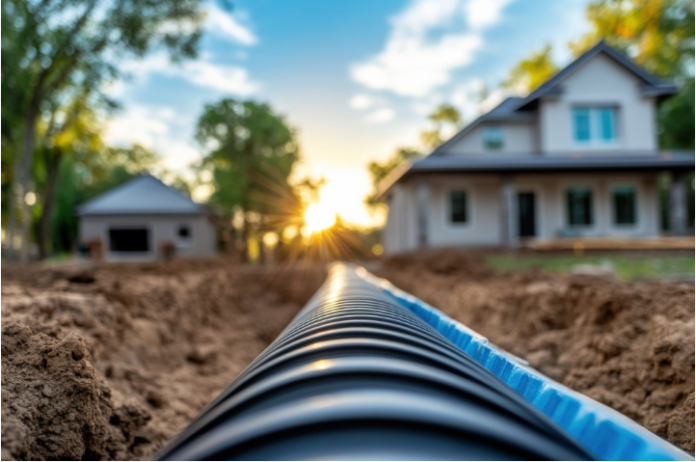A residential plumbing system is made up of numerous parts and components, each with its own function. Plumbing offsets are one of those components. They can be difficult for nonprofessionals to work with, yet plumbing offsets can still be mastered with enough time, knowledge, and practice.
A Basic Definition
Plumbing offsets are pretty simple devices. Comfort Solutions out of Sandy Utah provides a basic explanation. They describe plumbing offsets as devices that change or deviate the direction of a pipe.
Let’s say you have two straight runs that will meet at a perpendicular junction. The pipe that connects the two of them is an offset. There are three types of offsets:
- Vertical (for upward and downward shifts)
- Horizontal (for sideways shifts)
- Rolling (for combination horizontal and vertical shifts)
Plumbing offsets are manufactured as elbows, bends, T-joints, etc. The first step in mastering them is learning to identify the various types and their uses.
Mastering the Plumbing Offset
If you want to do more with your plumbing then just clearing clogs, mastering plumbing offsets is a good idea. The good news is that doing so isn’t hard. It’s all about knowledge. Here is what you need to know:
1. Center-to-Center Distance
Center-to-center distance is the straight-line distance between the center of the two pipes you are trying to connect. You need to know this number because it is the foundation of the rest of your calculations.
2. The Offset Multiplier
Making the correct calculations for a 45-degree offset requires something known as the offset multiplier. It’s pretty simple. Just multiply the center-to-center distance by 1.41. Without getting into all the details of how the math works, the resulting number gives you the diagonal length of the connecting pipe.
3. Insertion Depth
Next, you will need to understand insertion depth. Also known as ‘make-up’, insertion depth accounts for the extra pipe length you’ll need to fit pipes together. The idea is to subtract the insertion depth on both ends to arrive at the correct diagonal length.
4. Rolling Offsets
When offsets involve both horizontal and vertical shifts, you need to account for what is known as the rolling offset. This is the one calculation that can get a little bit complicated. First, treat both shifts (vertical and horizontal) as separate measurements.
You are going to square both the vertical rise and horizontal run. For example, a 6-inch run squared would be 36 inches. Add both squared results and divide the sum by the diagonal length. This will tell you how long the connecting pipe should be.
Add Practice to Your Knowledge
Although the concepts behind plumbing offsets are fairly simple, measuring and calculating may not seem so at first. It never hurts to add a little practice to your knowledge. Comfort Solutions recommends practicing with scrap pipe sections to reinforce what you learn about the calculations. You can also create diagrams to visualize the measurements.
Once you think you are ready to give it a go, employ these additional tips:
- Always measure twice to verify distances.
- Use a calculator to ensure accuracy.
- Practice calculating offsets for both simple and rolling applications.
- Familiarize yourself with the most common offset angles.
Whenever you are modifying plumbing, don’t forget to account for pitch and slope. Both are important for drainage purposes. Take some time to learn about pitch and slope before you make any significant changes.
As always, you can call a plumber if the job seems too complicated. Plumbers are always happy to take on paid work that homeowners do not want to do on their own.

